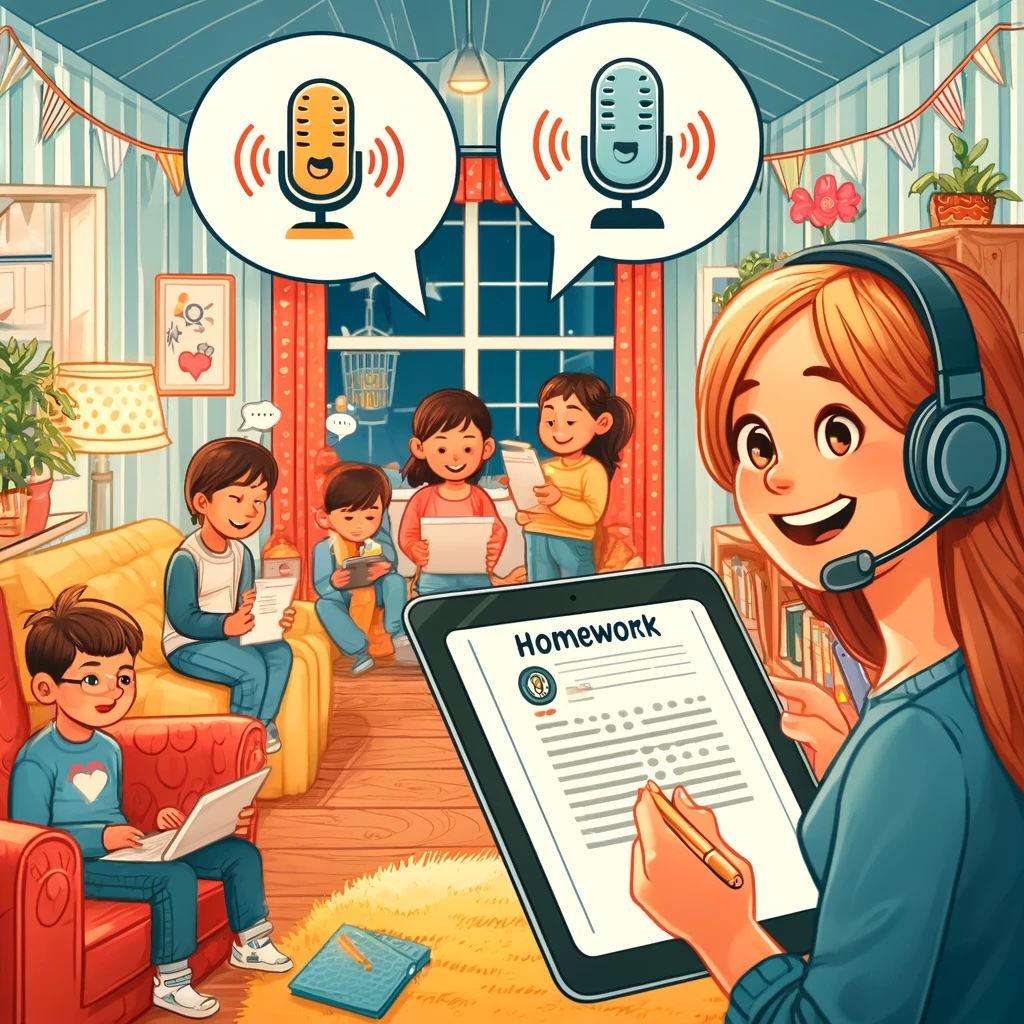Imagine a world where project updates aren’t buried in email threads or lost in endless documents. Instead, they’re concise, engaging, and delivered in the most human way possible—through voice. This shift is already happening, and it’s changing the way teams communicate. It’s a shift powered by voice notes, and leading the charge is Sound Branch, a platform that turns mundane project updates into dynamic conversations.
The Problem with Traditional Project Updates
We’ve all experienced it: the endless chain of emails, each one containing a new update, a new directive, or a change in scope. As the project progresses, these updates pile up, becoming a tangled mess of information. Important details get overlooked, and clarity is lost.
The problem is that written updates, while effective in some cases, often fail to capture the nuances of communication. Tone, urgency, and emphasis are stripped away, leaving only flat text that may or may not be read with the level of attention it deserves.
In the fast-paced world of project management, clarity and connection are everything. The more we rely on written updates, the more we risk losing the essence of what’s truly important. But what if we could bring that connection back? What if project updates could be as clear, personal, and engaging as a conversation?
Voice Notes: The Human Element
Voice notes bring back the human element in communication. They capture not just words, but tone, pace, and emotion. A voice note can convey excitement about a project milestone, urgency about a deadline, or even concern over a potential roadblock—things that are easily lost in written updates.
With Sound Branch, project updates become more than just a list of tasks or a bullet point summary. They become part of an ongoing dialogue. Leaders can leave updates with the same energy and enthusiasm as they would in a face-to-face meeting, while team members can respond in real-time, offering feedback, raising concerns, or asking clarifying questions.
This two-way exchange transforms what could have been a static communication into a dynamic conversation, making it easier for teams to stay aligned and on track.
The Efficiency of Voice
In today’s work environment, time is often the most precious resource. One of the most significant advantages of using voice notes for project updates is efficiency. Speaking is faster than typing. Instead of spending 15 minutes crafting a carefully worded email, a team leader can record a voice note in just a fraction of the time.
With Sound Branch, updates can be sent and received on the go, making it easier to stay connected even when team members are in different locations or time zones. A project manager commuting to the office can provide a quick update on the day’s priorities. A developer working remotely can ask for feedback on a feature without waiting for the next formal meeting.
The asynchronous nature of voice notes means that communication can happen when it’s most convenient, without interrupting the flow of work. Team members can listen to updates at their own pace and respond thoughtfully, without the pressure of responding immediately.
Creating a Culture of Accountability
When project updates are delivered through voice notes, something interesting happens: accountability increases. There’s a psychological difference between reading an email update and hearing your team leader’s voice. When a task is delivered with clarity, energy, and intent, it sticks. Team members feel more connected to the message, and as a result, more accountable for their role in the project.
Moreover, the conversational aspect of Sound Branch fosters a culture of openness and transparency. Issues can be addressed quickly, feedback can be shared easily, and decisions can be communicated clearly. By keeping communication fluid and personal, voice notes help ensure that everyone is on the same page, reducing misunderstandings and keeping projects moving forward smoothly.
Breaking Down Silos
In large organizations, project teams often work in silos. Different departments focus on their specific tasks, and communication between teams can become fragmented. Sound Branch helps break down these barriers by making communication more accessible and immediate.
Voice notes allow for cross-team updates that feel more collaborative and less transactional. Marketing can update product development on the success of a recent campaign. Finance can alert project leads to budget changes. These updates aren’t just data points—they’re part of a larger conversation, delivered in a way that feels more human and engaging.
By fostering this type of open communication, Sound Branch helps create a more cohesive, collaborative working environment where everyone feels connected to the project’s goals and outcomes.
Building Trust Through Voice
Trust is the cornerstone of any successful project. Team members need to trust that their leaders are transparent, that their colleagues are reliable, and that everyone is working toward the same goal. Voice notes help build this trust.
When updates are delivered through voice, they carry a level of authenticity that’s hard to replicate in written communication. Team members can hear the sincerity in a leader’s voice, the excitement over a breakthrough, or the concern over a challenge. This emotional depth fosters stronger connections between team members, building trust and encouraging collaboration.
Sound Branch amplifies this by creating a space where communication is not only open but also continuous. Project updates aren’t one-time reports—they’re part of an ongoing dialogue that evolves with the project. This keeps everyone engaged, informed, and, most importantly, connected.
The Future of Project Management
As the world of work continues to evolve, so too must the tools we use to communicate. The future of project management isn’t just about tracking tasks and deadlines—it’s about fostering collaboration, building connections, and creating a culture of accountability.
Sound Branch offers a glimpse into that future, where voice notes transform the way we share information, give updates, and connect as teams. By bringing the human element back into communication, it ensures that project updates aren’t just another task to check off the list—they’re an opportunity to build trust, engagement, and success.
Voice isn’t just the future of communication—it’s the key to more effective, connected, and efficient teams today. And with Sound Branch, that future is already here.









